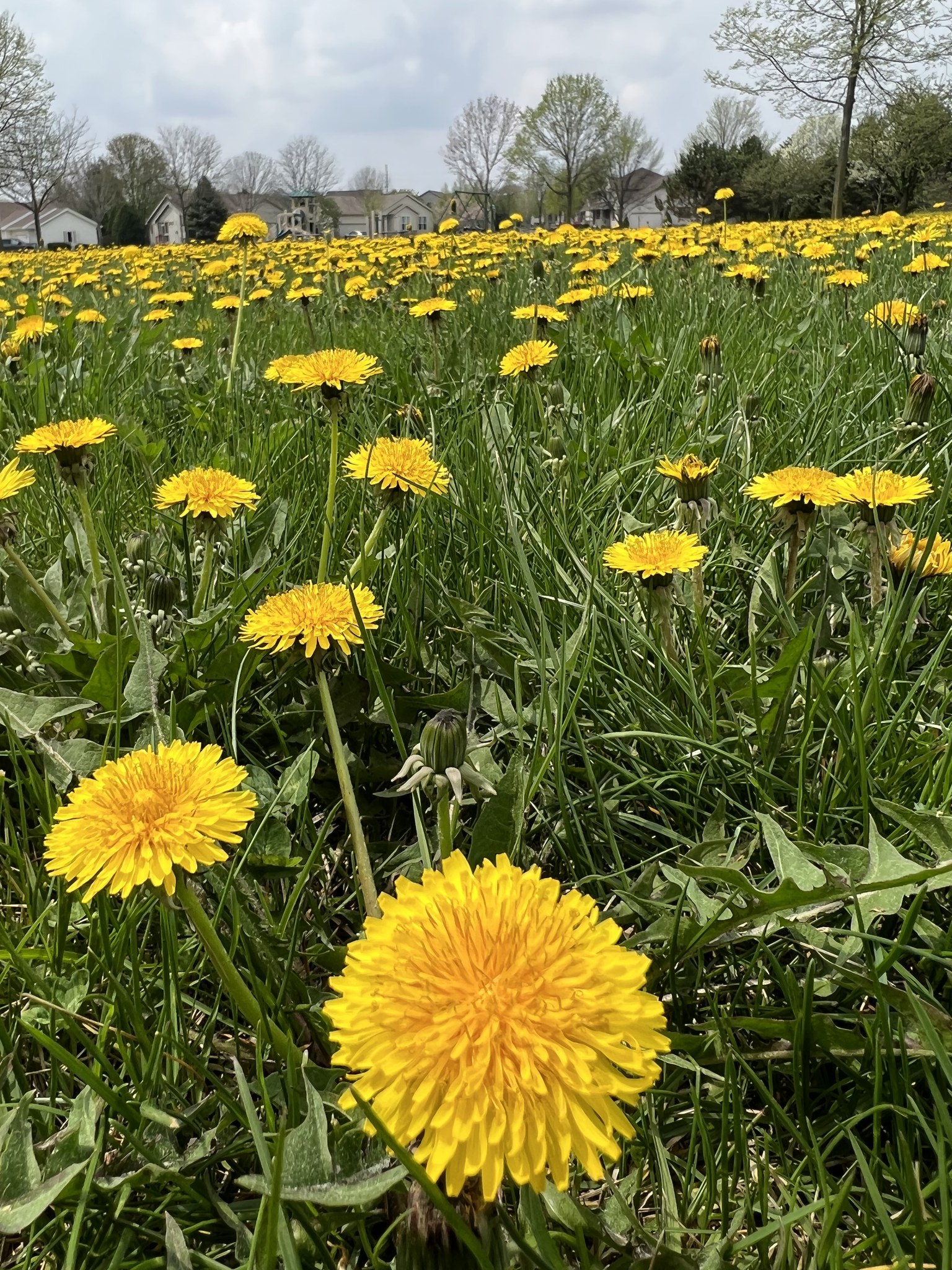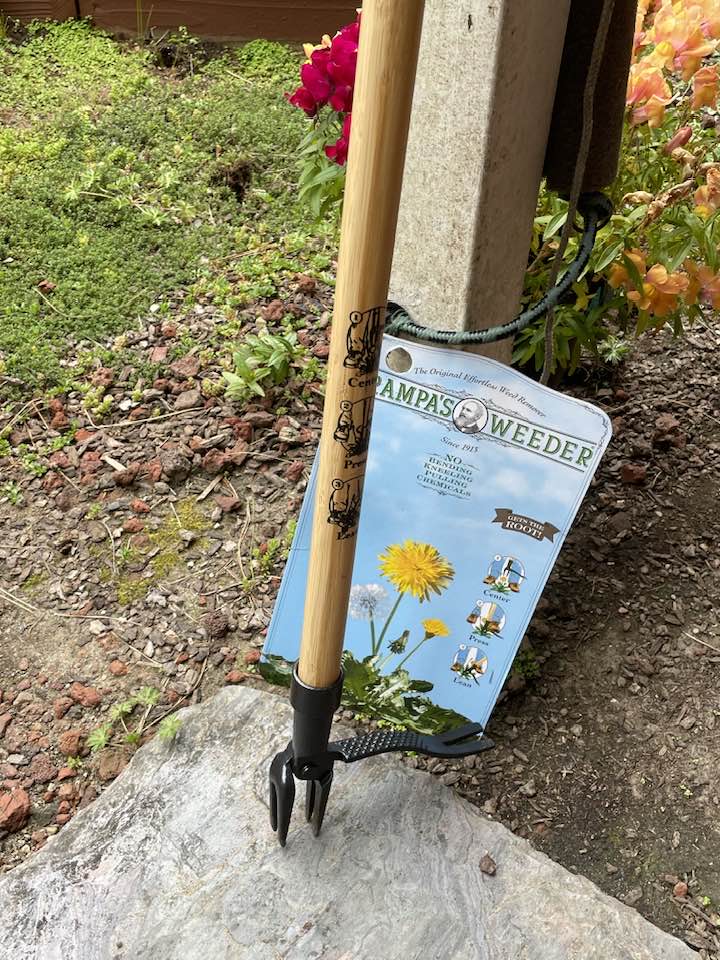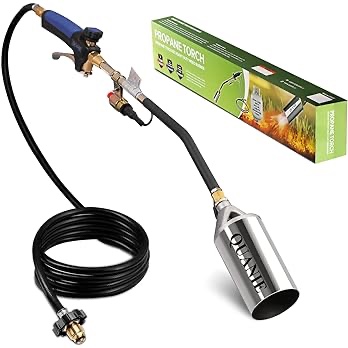Kids love these delightful plants because of their bright yellow flowers and white, fluffy, feathery seeds that they often collect and blow away. Your kids will likely love dandelions in your yard, but this flowering herb is a weed and can easily take over your landscape.
Unfortunately, this weed is disreputably hard to eradicate because it is highly resilient, can live for up to 10 years, and its seeds can travel several miles by wind. This doesn’t mean dandelion control is impossible, though.
How To Get Rid Of Dandelions In Yard
Here are a few ways for how to get rid of dandelions in your lawn:.
1. Pull Them By Hand
Get some gardening gloves, and you will be good to go. Grasp the dandelion plant’s base and steadily pull it out to remove the whole plant, including the roots. Do this after rainfall or irrigating your yard.
This method lets you only target the weeds. After removing the weeds, discard them properly, perhaps in a compost pile or yard waste bin, to prevent them from re-rooting or spreading seeds.
Also, pour vinegar into the holes the dandelions were growing in to kill any remaining roots.
Read More:
2. Dig Them Out With A Weed Puller
Pulling dandelions with your hand is easier when dealing with a small, infested area. However, if dandelions have taken over a large portion of your lawn or have stubborn roots, it is best to use tools to remove them.
In that case, get a dandelion digger explicitly designed for removing weeds with long taproots like dandelions. It typically features a narrow, forked blade with a long handle for leverage. This tool makes pulling dandelions quick and efficient.
3. Mow Your Yard
Get in the way of dandelions reaching maturity and producing seeds by regularly mowing your yard. Without seeds, dandelions can’t spread and establish new plants, thus preventing another generation of this weed from growing in your yard.
Also, regularly mowing your yard encourages grass to grow thicker and denser, which helps choke out weeds like dandelions.
4. Mulch Your Yard
Dandelion seeds need sunlight to germinate. Depriving them of this resource means dandelion seedlings won’t sprout. Snip the dandelions’ stems and flowers, then cover their leaves with around 3 inches of mulch.
Besides blocking sunlight, mulching also helps preserve the soil’s moisture levels. This creates a more favorable environment for grass and other desirable plants but not dandelions since many weeds prefer dry conditions.
5. Scald Them With Boiling Water
Pour boiling water directly on dandelions to scald and kill them. Target the center of the plant where the leaves meet the root, but avoid splashing nearby plants or desirable vegetation since this is a non-selective approach.
Scalding dandelions with boiling water provides immediate results. You will see visible damage to the plants shortly after application.
6. Use Horticultural Vinegar
You may be tempted to use household vinegar because it is often readily available, but it won’t help you since it’s not potent enough to kill these weeds. You want horticultural vinegar.
Unlike household vinegar, which typically has around 5% acetic acid, horticultural vinegar contains more acetic acid, often ranging from 10% to 30% or more. This increased acidity makes horticultural vinegar a potent herbicidal agent that can effectively kill weeds, including stubborn and deep-rooted species like dandelions.
Transfer the horticultural vinegar to a spray bottle or garden sprayer, then spray directly onto the dandelions’ foliage, stems, and any visible buds or flowers.
Note
Handle horticultural vinegar with care because it is highly acidic. It can irritate your eyes and skin. Therefore, use the right protective gear, including eye protection and gloves.
Apply horticultural vinegar on a sunny day; the heat from the sun will enhance the vinegar’s herbicidal effect.
7. Use Salt
You have everything you need in your kitchen for this remedy- salt and water. Dissolve plain table salt or rock salt in warm water, and pour the solution directly onto the dandelions’ foliage and base. Do not splash onto nearby plants, as salt can kill or harm them.
Also, avoid using boiling water because this can cause salt to recrystallize and become less effective. Remember, salt can build up in the soil over time, leading to soil salinity issues and damage to beneficial microorganisms and plant roots, so use it sparingly.
How does salt kill dandelions?
When salt comes into contact with the dandelion leaves or roots, it disrupts the water balance within the plant cells, causing them to lose water rapidly. This dehydration process can lead to wilting, browning, and, ultimately, death.
In addition, as the salt leaches into the soil, it can make the dandelion’s roots dry out and die.
8. Flame Them
Use this approach, especially if dandelions are bunched together in your yard. Hold the flame weeder a couple of inches above the dandelion plants and move the flame slowly and evenly across them. You will see the dandelions wilting and turning brown a few hours to a day after flaming.
9. Use Herbicides
You can carefully target and kill dandelions using selective broadleaf herbicides or non-selective herbicides.
Selective broadleaf herbicides are particularly effective and better because they only target broadleaf weeds such as dandelions without affecting grass and other desirable vegetation. They are formulated to be absorbed more readily by target weeds than desirable plants, minimizing damage to the latter.
Look for herbicides containing ingredients like 2,4-D, dicamba, or glyphosate. You can also kill dandelions using non-selective herbicides. However, use them for spot removal. This way, you can protect desirable plants.
Mix and apply the herbicide per the manufacturer’s instructions and use a sprayer to achieve an even application.
You must apply herbicides under the right conditions.
- Apply herbicides during the dandelions’ active growing periods, typically in spring and fall.
- Avoid windy days. Ensure the wind speeds do not exceed 5 miles per hour to ensure the chemicals do not transfer to the neighboring plants. It can be challenging to apply herbicides accurately in strong winds.
- Do not apply herbicides during extreme temperatures to avoid stressing the plants and reducing the herbicide’s effectiveness. Pick a day with moderate temperatures, ideally 60°F to 80°F (15°C to 27°C).
- Steer clear of a day when it’s expected to rain because it will wash away the herbicides before absorption.
How To Keep Dandelions From Popping Up In Your Yard
No yard is immune to dandelions, but there are various things you can do to give yours a better chance of resisting these stubborn weeds. These include:
a) Apply Pre-emergent Herbicides
Administer pre-emergent herbicides in your yard before the dandelion seeds have a chance to germinate and establish themselves. Timing is critical when using these herbicides since they are only effective before the seeds sprout.
Therefore, understand the germination patterns of the dandelion seeds in your area beforehand. Usually, dandelion seeds germinate in early spring or fall.
Apply the pre-emergent herbicide evenly over the soil surface using a calibrated spreader or sprayer to create a continuous barrier. But first, loosen the soil surface with a rake or garden fork to ensure better herbicide penetration and soil contact.
Examples of pre-emergent herbicides that effectively prevent dandelion growth include Prodiamine, Dithiopyr, Pendimethalin, Trifluralin, Oryzalin, and Isoxaben. You can also go the natural way by using corn gluten meal.
b) Grasscycling
Don’t bag the grass clippings after mowing your lawn. Instead, leave them behind to smother springing dandelion seedlings. Additionally, the shading effect of grass clippings can reduce sunlight penetration to the soil, further suppressing weed germination.
Grasscycling also creates a natural mulch layer that helps preserve moisture and inhibit evaporation. The consistent soil moisture levels promote healthy grass growth while creating less favorable conditions for dandelions.
c) Keep Your Yard Healthy
Your yard will be less susceptible to dandelions and other weeds if you keep it healthy. Below are practices to ensure your yard is better equipped to resist a dandelion invasion:
- Mow your yard high to keep the grass taller. Taller grass shades the soil, preventing weed seed germination.
- Water deeply and sporadically to encourage your grass to develop deep roots, making your yard more resilient to drought and weed invasion. Don’t overwater or underwater your yard.
- Dandelions will have a tough time overrunning a healthy yard. Apply balanced fertilizer suitable for the grass in your yard.
- Regularly survey your lawn for weeds, including dandelions, and promptly take them out before they spread.
d) Overseed Your Yard
Spread grass seed over your yard to fill in bare spots and thicken the grass, leaving less room for weeds to establish themselves—dense, healthy grass crowds out weeds. Aerate the soil before overseeding to loosen compacted soil and remove thatch.
e) Improve Soil Health
Dandelions thrive in compacted or poor-quality soil. Test your yard soil and improve its health by aerating, top-dressing with compost, aged manure, and organic matter, and maintaining proper pH levels.
Conclusion
Dandelions are masters of survival. They can grow in barren, inhospitable places, including popping up through concrete. However, you can remove, control, and prevent them using natural methods and even chemicals. The above strategies are proven to eliminate dandelions. You could also keep them for their beauty and benefits, like using their leaves to make tea and salads, but manage their growth.

Hey there, I’m Derek Schew, a writer for Lawnholic.com, where we cover everything and anything related to lawns. As someone who’s spent countless hours tending to my own lawn, I’m passionate about sharing my knowledge and helping others achieve the perfect yard. From lawn care tips to product reviews, I’m committed to providing our readers with the most accurate and up-to-date information available. So whether you’re a seasoned lawn enthusiast or just getting started, I invite you to join our community and discover the joys of a lush, green lawn.





